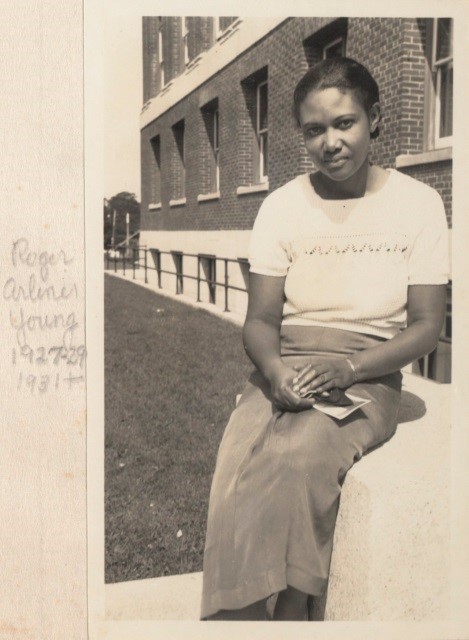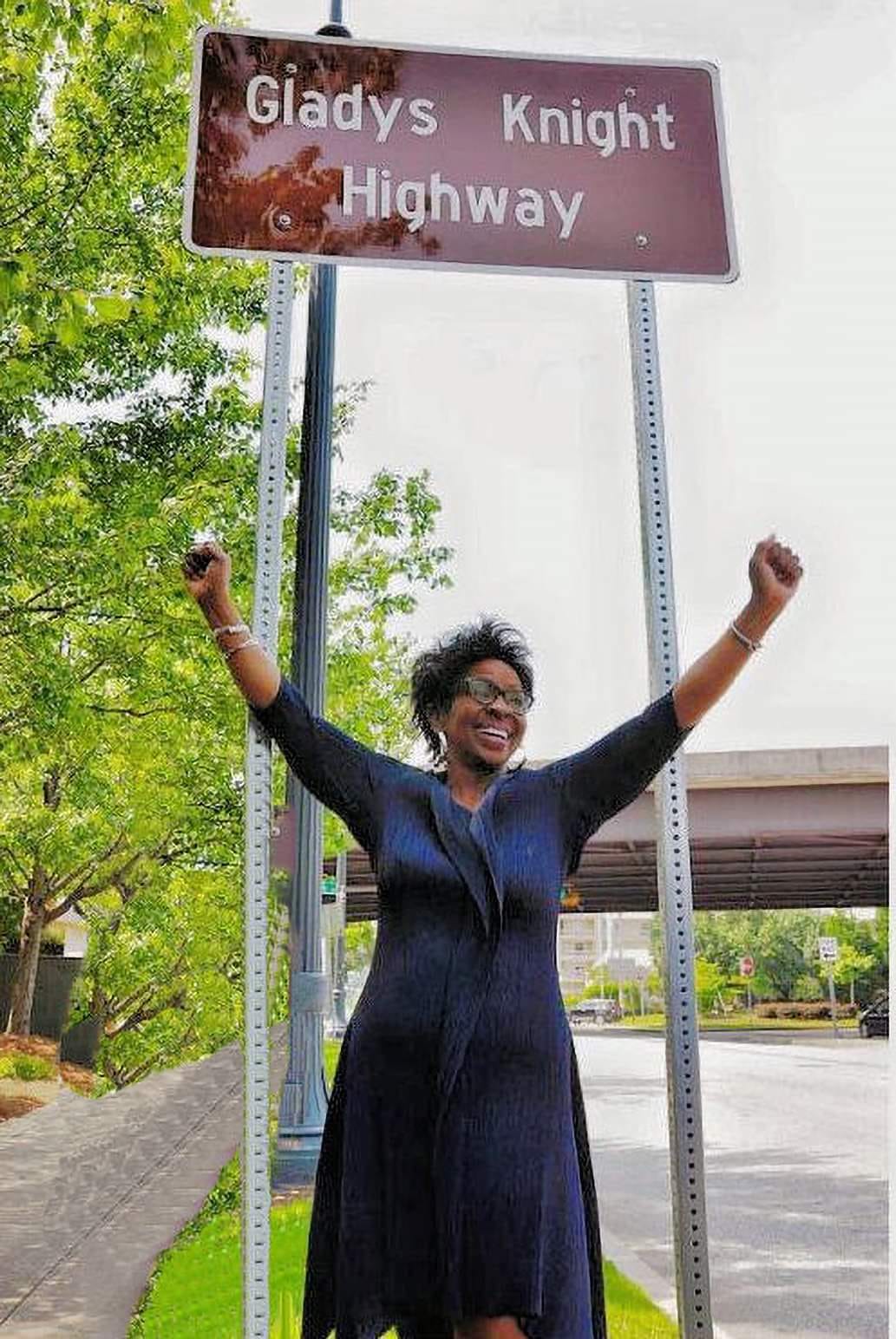Tesla CEO Elon Musk unveiled a two-door robotaxi with gull-wing doors and no steering wheel or pedals, fulfilling a long-held promise that self-driving cars would be a game changer for the electric carmaker.

Tesla’s robotaxi is displayed at a launch event in Los Angeles, California, USA on October 10 – Photo: Tesla
The event, which took place on October 10 (US time) at Warner Bros. studios near Los Angeles, California (USA), was titled “We, Robot” – an obvious reference to the American writer Isaac Asimov’s science fiction short story “I, Robot”, but also reiterated Elon Musk’s assertion that Tesla “should be considered an AI robotics company”, not an automaker.
See the steering wheel-less, pedal-less taxi just launched by Tesla, priced under $30,000 – Source: CNET

Robotaxi without steering wheel, without driver
Tesla CEO Elon Musk took the stage in a “Cybercab.” He said production would begin in 2026 and the car could be sold for under $30,000. That price in the U.S. is comparable to the starting price of some sub-$30,000 B/C SUVs like the Kia Sportage and Subaru Crosstrek.
“The future of mobility is here. We have 50 fully autonomous vehicles here tonight. You’ll see the Y and Cybercab without any drivers,” said Elon Musk.

Tesla’s Cybercab promises to be fully autonomous. Elon Musk sat in the back seat while the Cybercab drove him to the event.
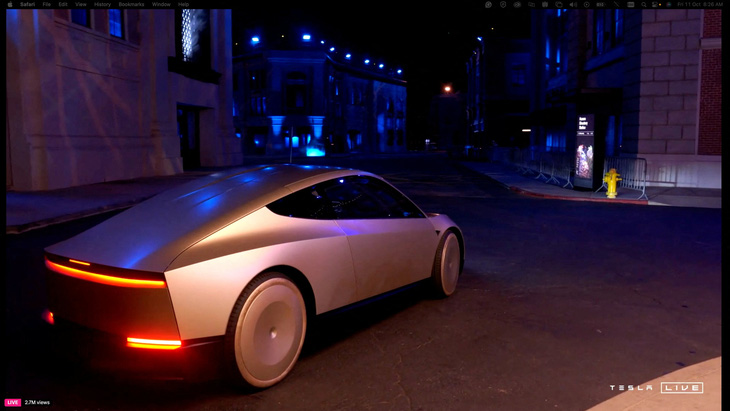
While Mr. Musk spoke on stage, right on the street next to it, robotaxes continuously drove back and forth – Photo: Tesla/Reuters
The Cybercab will cost about 20 cents (about 5,000 VND) to operate 1 mile (1.6km), using inductive charging so no plugs are needed. At the same time, the entire operation will rely on cameras and AI, without any other intervention.
In terms of design, the Cybercab is clearly inspired by the Cybertruck pickup truck, with thin front lights that hug the front of the car, and gull-wing doors. The cabin has only 2 seats, no pedals, no steering wheel, and a large screen in the middle of the dashboard.
Elon Musk also unveiled a larger self-driving vehicle called the Robovan, which can carry up to 20 people.
Besides, we cannot miss Optimus, Tesla’s humanoid robot.
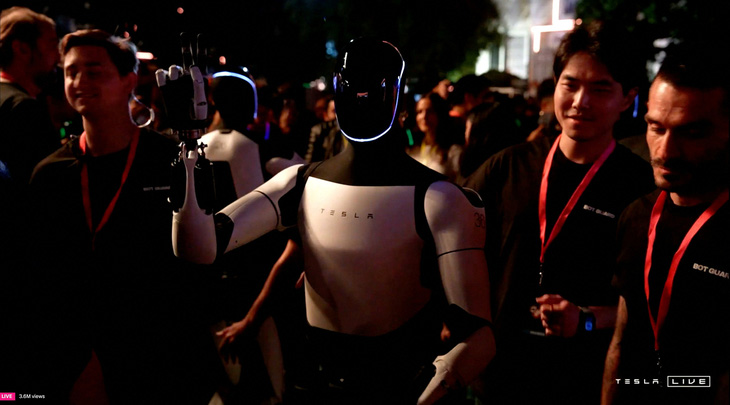
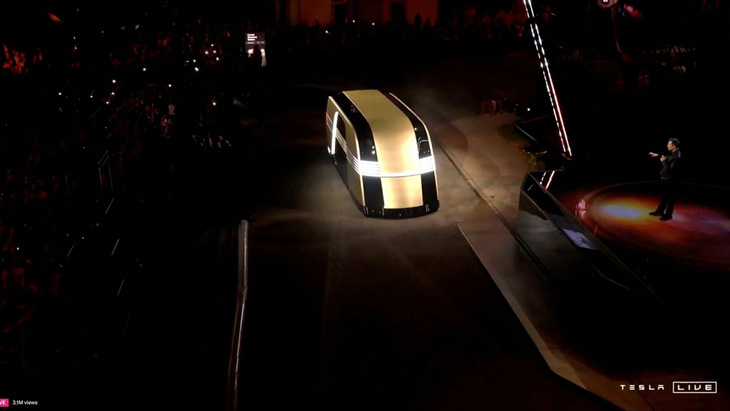
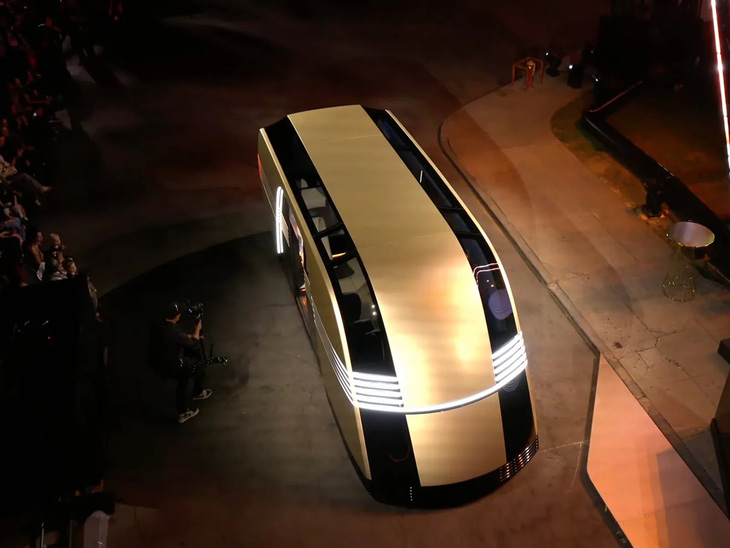
Van and humanoid robot versions also appear – Photo: Tesla/Reuters
The robotaxi launch is a major event for Tesla, attracting media and public attention for months. A series of comments, predictions, doubts and expectations have been continuously raised.
Contrary to skepticism, the event actually took place, instead of being delayed as usual. But many investors and analysts also restrained their excitement, warning that the debut was just the beginning, what comes after is the real challenge.

With an impressive design, it is unclear how Elon Musk will bring the car price down to below $30,000 as promised – Photo: Tesla
Elon Musk’s plan is to operate a fleet of self-driving Tesla taxis that passengers can call via an app. Individual Tesla owners can also earn money on the app by signing up to run the service.
“It looks good, but there’s not a lot of timeline. I’m a shareholder and I’m disappointed. I think the market wants a clearer timeline. He’s said a lot, but he doesn’t seem to say anything. He doesn’t provide much information,” Dennis Dick, an equity trader at Triple D Trading, said of Musk’s speech.
Since 2019, Elon Musk confidently declared that Tesla would have a robotaxi in operation by 2020. But after many broken promises, the self-driving taxi has only now been introduced, after canceling plans to build a low-cost electric car below the Model 3.
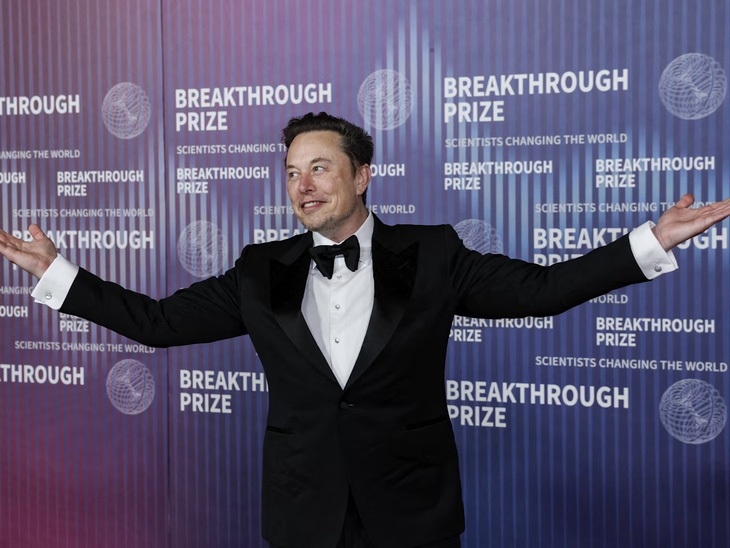
Many people are skeptical that robotaxi is just a “warming up” event for Tesla’s value, but its practicality is not high – Photo: Tesla
Cheap electric cars are expected to help revive Tesla’s sales, which are on a downward trend and are threatened by many other companies.
The company is on track for its first year of declining sales, Reuters reports , citing a lack of incentives to attract enough customers to its existing models.
Not only that, the sharp price cuts also affect profits. Therefore, Tesla’s abandonment of low-cost cars has left many people disappointed and skeptical.
Another concern is that robotaxi appears to be designed to revive Tesla’s enthusiasm for the company’s declining sales. The complex technology and strict regulations have caused companies to lose money investing in the robotaxi market. Some have even shut down. Apart from Tesla, there are only a few suitors, such as General Motors’ Cruise, Amazon’s Zoox, and China’s WeRide.
Unlike expensive hardware like lidar that other companies use, Elon Musk’s car relies solely on cameras and AI to run its self-driving system (FSD) to reduce costs.
But despite its name, Full-Self Driving still requires the driver’s constant attention when activated. Even so, FSD has been linked to at least two fatal crashes, prompting regulators to keep an eye out and investigate.


